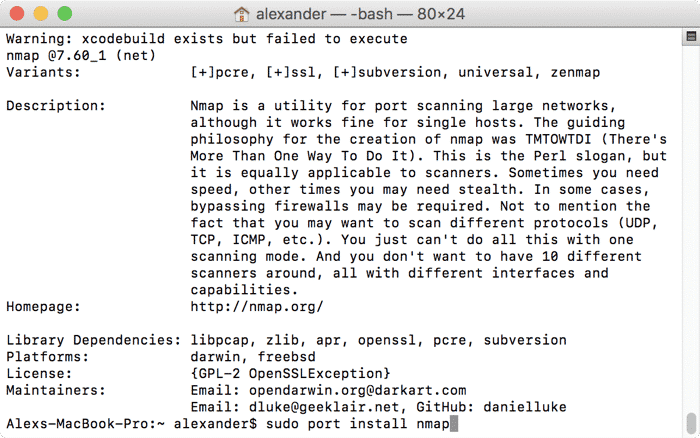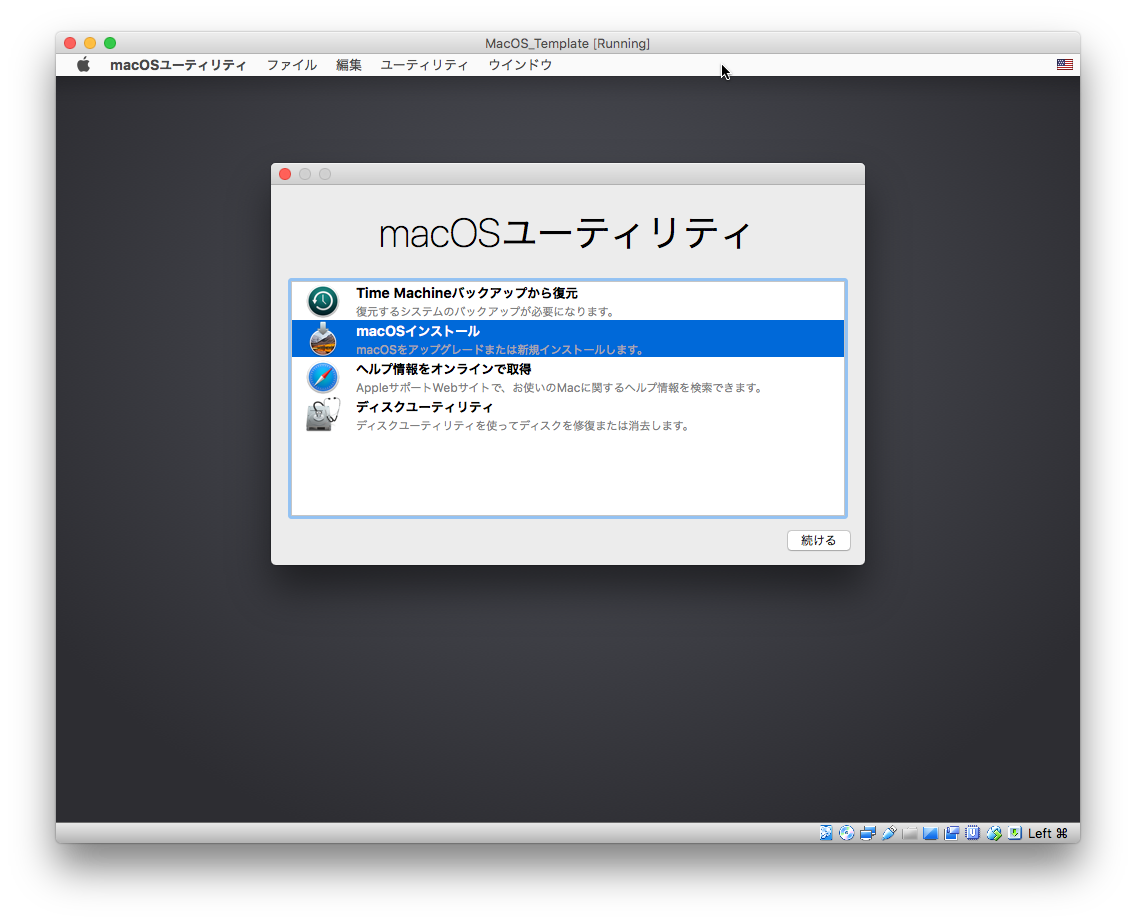

- Macports for mac mac os#
- Macports for mac install#
- Macports for mac password#
- Macports for mac series#
- Macports for mac download#
This will open up a site in Safari and prompt you to log in. Go to the Xcode menu, select “Open Developer Tool”, and choose “More Developer Tools …”. Now, you need to get the command line tools.
Macports for mac install#
Once it has installed, open Xcode, agree to the license, and let it install whatever components it needs. Go ahead and grab a coffee while it’s downloading and installing 4+ GB.
Macports for mac download#
Main steps: 1) Download, install, and prepare XCodeĪs mentioned above, open the App Store, search for Xcode, and start the download / install. As of August 2, 2017, this will download Version 7.1.1.
Macports for mac series#
Note: This is the part of a series of “how-to” blog posts to help new users and developers of BioFVM and PhysiCell. Useful settings for your $HOME/.Posted in BioFVM, gcc, MacPorts, OpenMP, OSX, PhysiCell - Janu4 Comments to put a program in nohup-type background.To compile a library for multiple architectures (so-called fat libraries).Also remember to remove optimization flags (-O3), because certain optimizations cause variables to be unavailable to the debugger.
Macports for mac mac os#
To debug 64bits Mac OS programs, use gdb -arch x86_64. great for attaching docs in emails by drag n drop. Macports need to be updated from time to time: I installed coreutils primarily to get the 'seq' bash utility. Package installation takes a little while because it looks like packages are compiled on the fly. Installing a macports package is then very simple: profile in $HOME ( ), with the following code:

bashrc is not present in $HOME, and when present not source'd at startup. I added /opt/local/bin to my PATH, which wasn't as easy as expected, because by default. It installs in /opt/local, with the most important tool, port, in /opt/local/bin Most of these tools can however be downloaded from macports at ĭownload the macports package, and install it. Unfortunately, xcode doesn't include xemacs and other useful development tools. to go to the source file of the tag under the cursor (push 'fontify-frame after-make-frame-functions)Įtags find.

(set-frame-parameter frame 'font "Monospace-15")) You can then use the command ‘aquamacs’ from a shell to start Aquamacs.ĭynamic abbreviations in emacs aka auto-completion
Macports for mac password#
It will ask for the password of a user with administrator privileges. : To be able to launch files in Aquamacs from the command line, just select “Install Command Line Tools” from the Tools menu and follow through with the installation. (setq auto-word-wrap-default-function 'turn-on-word-wrap) (setq text-mode-hook (quote (turn-off-auto-fill))) To disable the ultra annoying auto-fill, add this to /Users/yourusername/Library/Preferences/Aquamacs\ Emacs/Preferences.el


 0 kommentar(er)
0 kommentar(er)
